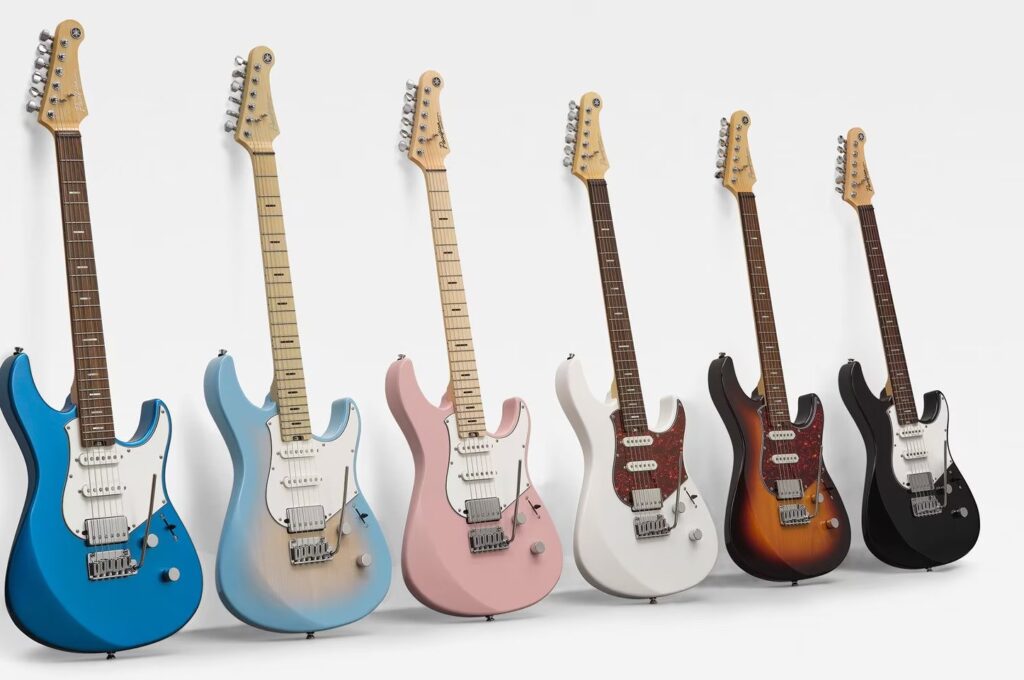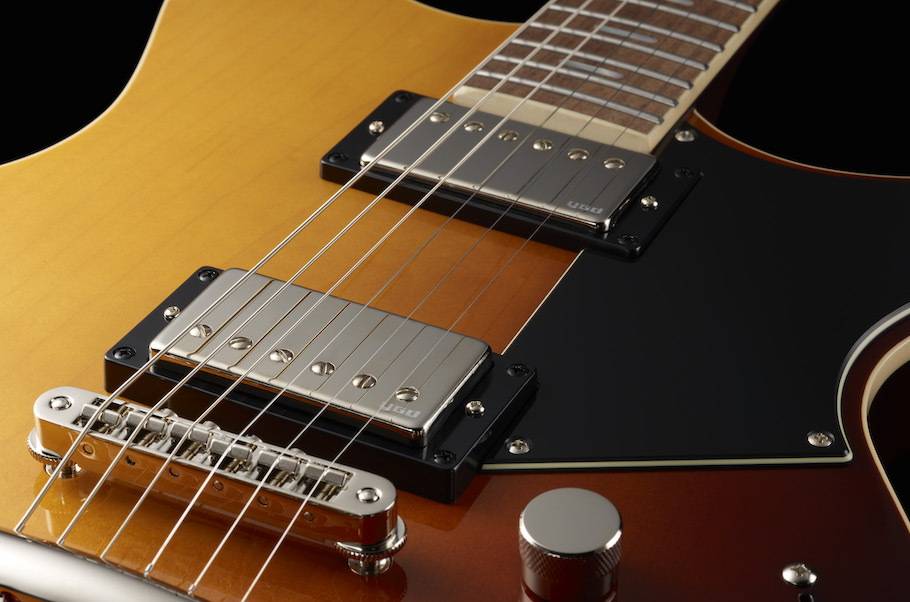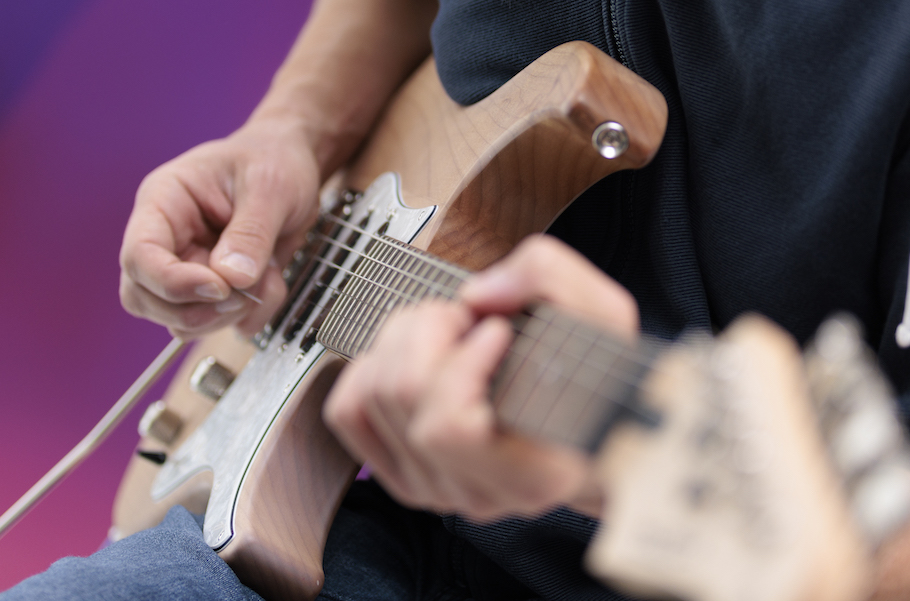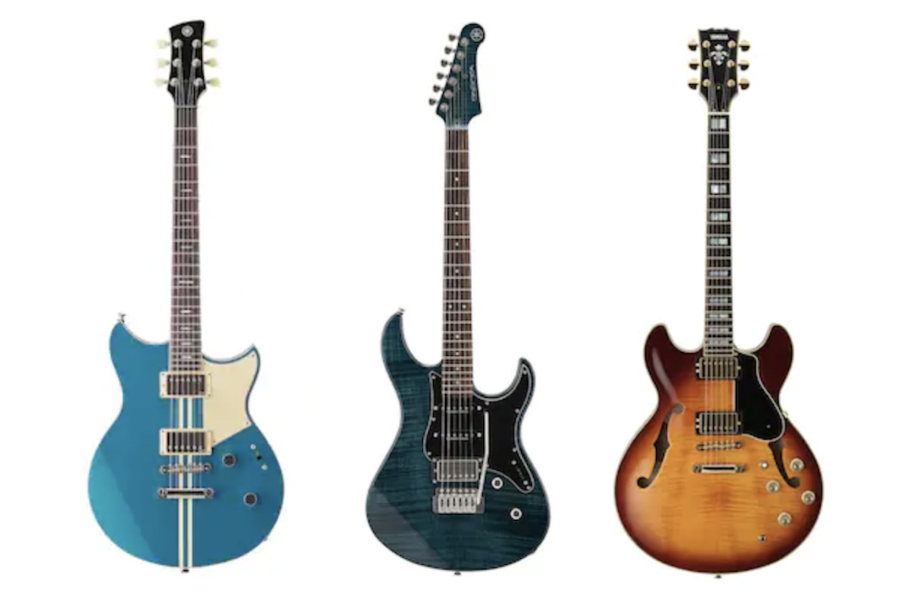Sibling Harmony
When two variations of the same instrument complement each other.
Q: How many guitars does a guitarist need?
A: Just one more!
Yes, it’s a joke, but one with a ring of truth to it. I imagine most seasoned players would give that answer if they’re being totally honest.
Why do we need multiple versions of the same musical instrument? Is it because we’re addicted to their look, or their unique tonal variations? Or is it down to any of the individual variables that go into an instrument’s aesthetics or sonics? (i.e., body style, coloration, type of tonewoods, pickup configurations, strings, wiring, etc.)
In a previous blog, I shared my thoughts on the aesthetic appeal of an instrument and its ability to attract us toward it. Frankly, I have little interest in playing a guitar that I perceive to be “ugly,” whether that’s due to its symmetry or just the color and finish.
Is that a limited viewpoint on the validity of an instrument? Sure. But I wouldn’t buy a car or house I thought was “unseemly,” either. I believe the integrity of who you are should be upheld in everything you do, including your personal choices and live performances. I want to be proud of the instruments I own and play, and ultimately I think that synergy shines through both in our personality and in our musical voice.
What Goes Into the Sound of an Instrument?
The shape of a guitar is arguably the most appealing aspect of the instrument, and that body style will also have a direct effect on its tonality. A single-cut electric guitar without body contours will sound innately different from a double-cut model with arm and body chamfers. Those differences alone would justify having both types of instruments in my guitar arsenal.
The tonewood selections for the body, top, neck and fingerboard also have an effect on the overall tone of an instrument — even such seemingly minor details like the direction, density and figuring of the wood grain may have an impact. Guitar manufacturers are acutely aware of the importance of tonewood combinations. Maple tops on mahogany bodies and maple necks with rosewood fingerboards, for example, are typical, tried and trusted tonewood combinations.
In my two-part blog on resonant frequencies, I explored the entire range of frequencies we can perceive, from the audible ones that the human ear can detect to the inaudible frequencies we see as colors. Certain clear-coat finishes are renowned for their ability to let the tonewoods resonate. For example, nitro-cellulose is often lauded as the best finish on electric guitars for allowing the wood to season, breathe and patina gracefully over time.
Needless to say, the pickup configurations also have significant — sometimes even profound — effect on the tonal details, along with other physical aspects such as the type of strings being used, the fret-wire, wiring capacitance and electrical shielding.
And then there’s the human impact. Will a guitar resonate differently in the hands of two different players? Will a small-framed guitarist with long fingers make an instrument sound different from the way a large-framed player with short, stubby fingers will make it sound? In my opinion, the answer to both questions is yes.
In addition to technique, I also think intention, soul and personality affect the tone being produced by an instrument … though the end result, of course is always subjective and personal to the taste and preference of the listener.
The Guitars and the Video
I thought it would be fun and informative to record and film two of my favorite guitars to see if the viewer can hear their unique tonal qualities when played side-by-side.
The Yamaha Revstar 502TFM and Revstar 720B in this video are essentially the same guitar, with a few minor variations. The mahogany neck-through body, flame maple top, rosewood fingerboard, fret wire, hand-rubbed finish, volume and tone controls are all the same.
The differences between the two lie in the pickups, tailpiece, tuners and the subtleties in the flame maple. The RS502TFM sports cream-colored P90 single-coil pickups, a uniquely styled tailpiece and standard tuners. The RS720B features chrome and black FilterTron-style humbucking pickups, a Bigsby™ tremolo and locking tuners. As you can see from the photo below, my 502 has a vintage Japanese denim (blue) finish, while my 720 is ash gray … and even these differences in coloration can have a resonant frequency effect on the tonality.
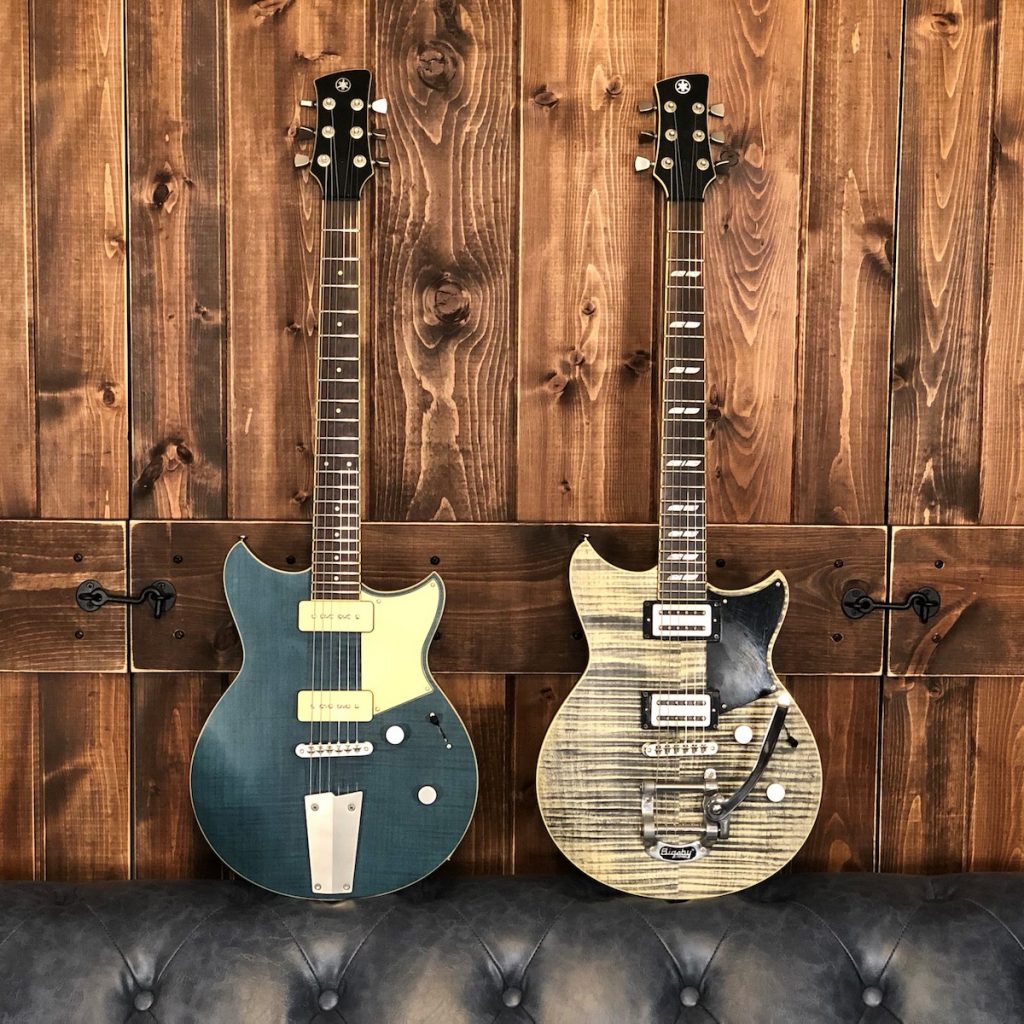
Here’s the video:
As you can see, I’m jamming along to a backing track, alternating 8-bar licks in a D minor pentatonic scale between the two instruments, starting with the 720. I’ve stayed in the same region of the fretboard on both guitars to keep the frequency responses within the same range and octave, and both instruments are running through the same custom tone patch in a Line 6 Helix® guitar processor. Both guitars play the first two licks on the bridge pickup. Licks three and four are played in middle position (both pickups) and the remainder of the trading session is played using the neck pickups.
Can you hear the tonal variations, pickup selections and overall nuances between the two guitars? Do you have a preference in tone?
Play the video again and close your eyes this time while listening. I’m suggesting you do that because your visual preference for either model or color may affect your opinion of which sounds best.
The Wrap-Up
We’ve all heard the phrase “sibling rivalry.” (Those of us who have brothers have probably experienced it!) I think there’s a case to be made for “sibling harmony” too. Both guitars I used in this video are similar, but to my ears they have significant differences that serve to complement one another beautifully. The RS720B sounds warmer and more rounded to me, while the RS502TFM has a little more overdriven bite and upper-mid harmonic content. As we’ve seen, there are many factors that contribute to this rich tonal equation — all worth considering in your quest for one more guitar!
Photograph courtesy of the author.
Check out Robbie’s other postings.
Click here for more information about Yamaha Revstar guitars.
Click here for more information about the Line 6 Helix guitar processor.











